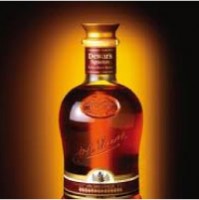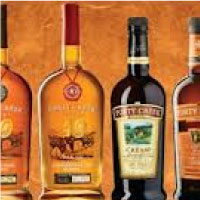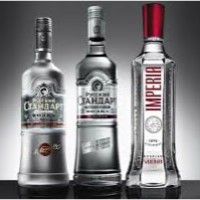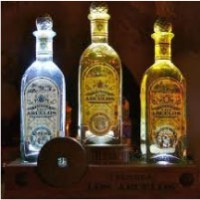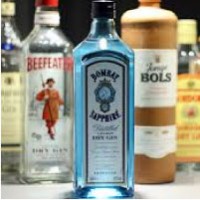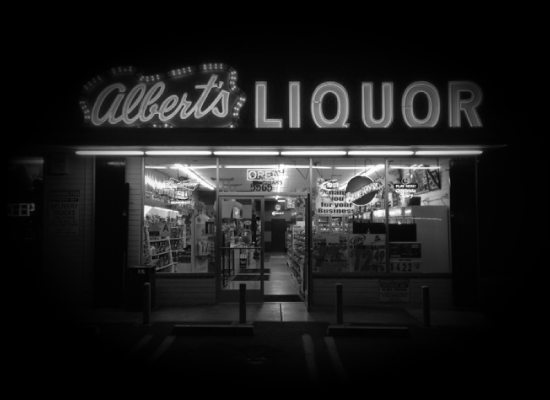Over 98% of the Bourbon produced in the world is made right here in the USA. A mixture of calcium-rich limestone water, cold winters, and warm summers make for a perfect environment for producing Bourbon whiskey. Early European settlers from the Northeastern U.S. brought their whiskey making abilities with them when they moved westward into Kentucky. There was an abundance of corn for them to make whiskey with. This is how corn came to replace barley as the traditional ingredient in Bourbon when compared to Scotch or Irish whiskey.
Bourbon whiskey must be made up of at least 51% corn. The rest of the grain bill can be made up of more corn, barley, rye, and wheat. A recipe with more rye in it can make a whiskey with more pronounced spice notes or “bite” including cinnamon, pepper, nutmeg, and clove. A proportion of wheat in the grain bill can lead to a whiskey with a sweeter profile as the softness of the wheat allows the sweet flavors of the corn and vanilla from the barrel char to come through easier in the finished product. The whiskey must be stored in a new, charred, oak barrel. At this point, it is bourbon. To be called “Straight Bourbon”, it must be aged at least two years in the barrel. To be called “Kentucky Bourbon” it must be distilled in Kentucky and aged one year and one day. To be called “Kentucky Straight Bourbon”, it must be distilled in Kentucky and aged in the barrel at least 2 years.
On the Rocks: Whether whiskey is served on its own, diluted with still spring water, or on the rocks is a matter of personal preference. Adding water changes the alcoholic strength, and just as the strength determines the range of flavors a whiskey shows, diluting can make whiskey taste slightly, or significantly, different.


